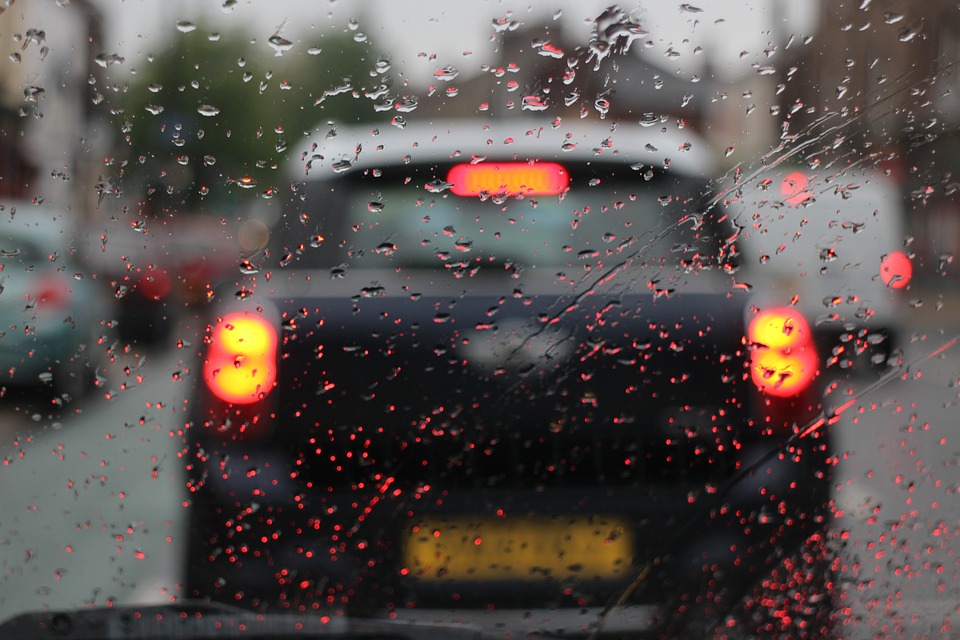April showers may bring May flowers but they also bring many driving hazards. A professional tow company in Georgia will see a surge in car accidents every time it rains. As a driver, you must be sensitive to weather conditions. It’s that simple. When confronted with adverse weather and your trip is not absolutely necessary, the safest choice you can make may be to cancel or delay your trip until conditions improve.
When you must drive in less than ideal weather conditions, there are a number of appropriate actions you should know how to execute. After all, the goal is to safely arrive at your destination. Heavy rain is one of the most common adverse weather conditions that drivers face.
From torrential downpours that result in flooded streets or heavy rain that blocks visibility, here are a few safety tips for driving in the rain.
1. Be Cautious
Awareness is a huge aspect of driving safety. There are so many things happening out on the road, so many vehicles, so many distracted drivers and so many hazards to be aware of. While you should always be cautious while driving, kick things up a notch when it starts to rain. Reduce your speed and keep your eyes peeled on the road. Avoid making sharp turns or slamming on the brakes. This could send your vehicle spinning out of control. Stay focused, slow down, and remain in control.
2. Following Distance
The distance between you and the car in front of you makes all of the difference in the world. The normal rule of thumb is that you should have 2 seconds of distance between you and the car in front of you. For example, if the car in front of you passes a stop sign, you shouldn’t pass that stop sign for at least two seconds. Wet roads require at least double the following distance as usual. If the car in front of you stops short on a wet road, you won’t be able to slow down in time if you aren’t following from far enough behind. Failing to maintain the proper following distance is a great way to end up in need of a tow company for roadside assistance.
3. Cruise Control
Cruise control is a great feature that makes driving a lot easier in many situations. However, during or shortly after rainfall is not the time to use cruise control. For one, a driver using cruise control is much less responsive than one pressing the pedal manually. You will continue moving forward at full speed until hitting the brakes. This makes reaction times worse and increases the possibility of spinning out of control. If it’s raining, avoid cruise control. It could result in you waiting for a tow company.
4. Hydroplaning
Hydroplaning is a phenomenon that occurs when fast-moving cars travel over water molecules. The wheels lift off of the ground and temporarily ride on top of the water, causing the driver to lose complete control over their vehicle. This happens after slamming on the brakes on a wet road or traveling over a puddle above 35 miles an hour. Keeping your speed under control can help reduce the risk of hydroplaning. It’s also important to properly inflate your tires before heading out on the road.
5. Headlights
Rainstorms can cause great visibility issues for drivers. Without being able to properly see the road and other vehicles, you have an increased likelihood of getting into a car accident that requires a tow company. Make sure your headlights are on while driving but not your high beams. Your headlights will improve visibility but high beams cause the light to reflect off the rain, which reduces visibility.
6. Larger Vehicles
Most of us have a natural inclination to be wary of large vehicles on the road. This healthy fear should be increased when it rains. The larger the vehicle, the more inertia it has, and the further it will slide on a wet road. Steer clear of large vehicles when the roads are wet.

